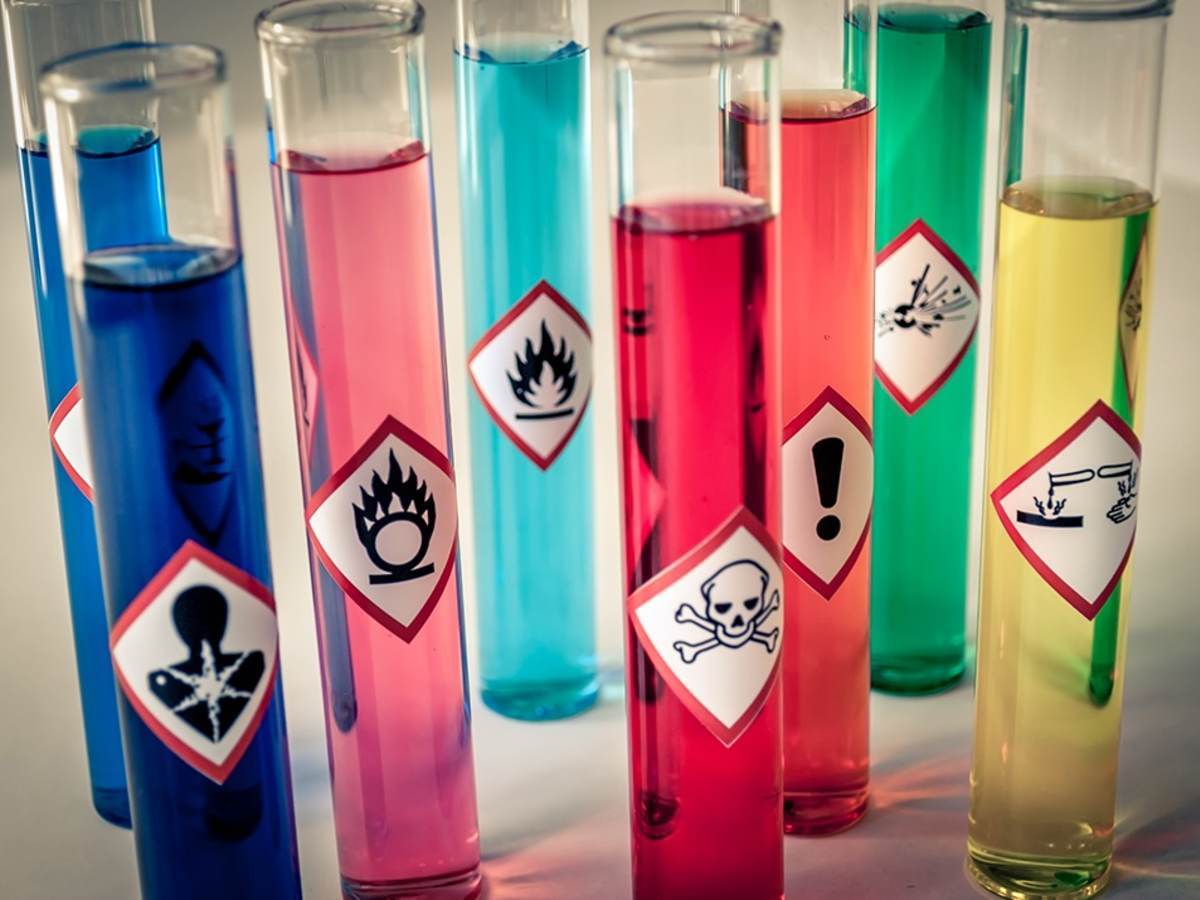May 3, 2022
by Raissa Havens, regulatory specialist, UL’s Supply Chain team
The purpose of the Globally Harmonized System of Classification and Labelling of Chemicals (GHS) is to provide a consistent and comprehensible approach to classification and labeling of hazardous chemicals, thereby promoting safety for human health and the environment when handling, transporting, consuming or disposing of chemical products. In Brazil, the Regulatory Norm NR-26, revised in 2011, established that chemical products used in the workplace must be classified, labeled and have their Safety Data Sheets in accordance with GHS criteria. Currently, the Brazilian Association of Technical Standards (ABNT) has been working on implementing the seventh edition of the Purple Book through the update of Technical Standard NBR 14725.
According to a study carried out by Fundacentro, a research institution focused on safety and health at work, the GHS classification and hazard communication has presented deviations for a sample of basic substances from the national chemical industry. Therefore, aiming to further the correct application of the GHS criteria, Fundacentro reached out to technical professionals from the fertilizer industry and developed a manual with guidelines on how to classify fertilizers accurately and consistently and communicate their hazards to the users. The manual was published on Feb. 24, 2022, in the Fundacentro Library under the Federal Government’s page.
The 87-page manual uses the Globally Harmonized System of Classification and Labelling published by the United Nations as a reference and provides the steps that manufacturers or importers must take to classify their fertilizers.
Appendix 1 contains a list of commonly used substances in fertilizers, their CAS numbers and a non-mandatory GHS classification. Additionally, acute toxicity estimates (ATEs), M-factors and target organs are identified when appropriate.
Taking into consideration the physicochemical and toxicological properties of fertilizers ingredients, the main hazard classes that apply to them are:
- Physical hazards
- Oxidizing solids
- Corrosive to metals (applies only to aqueous solutions of fertilizers)
- Health hazards
- Acute toxicity
- Skin corrosion/irritation
- Serious eye damage/eye irritation
- Respiratory or skin sensitizers
- Toxic to reproduction (in particular, boron compounds)
- Specific target organ toxicity — single exposure and repeated exposure
- Environmental hazards
- Hazardous to the aquatic environment — acute
- Hazardous to the aquatic environment — chronic
The team of experts who worked on this manual consulted the information available from the European Chemicals Agency (ECHA, 2020), the GESTIS Substance Database (IFA, 2020) and the eChemPortal (OECD, 2020) databases for the non-mandatory classifications.
Appendices 2 and 3 provide GHS classification of the main substances for macronutrient and micronutrient sources, respectively. Examples of classification can be found in Appendix 4. Appendix 5 includes specific cutoff limits for a few Boron compounds known to be used in fertilizers, according to the European legislation (Regulation (EC) No 1272/2008, Annex VI).
The manual is available for free, and an English version is also available.
UL’s ChemADVISOR® Regulatory Database is being updated to include the chemicals and respective classifications.
Recommended action items
If your company manufactures or imports fertilizers, review this manual, which contains an inventory of GHS classifications suggested for substances and mixtures and steps to classify fertilizers in order to facilitate and enhance the hazard communication of your products.
References
Publication of Manual for GHS application
Manual for GHS application in the fertilizer industry (Portuguese version)
Manual for GHS application in the fertilizer industry (English version)
Regulatory Roundup Newsletter
Never miss an update
UL, the global safety science leader, can keep you updated on the latest events with a variety of materials, ranging from the latest regulatory news, webinars, white papers, events, industry insights and more.
Subscribe to our monthly Regulatory Roundup Newsletter and stay up to date on current and upcoming regulations and all the latest chemical industry news.
Safety Data Sheet (SDS) Authoring and Labeling Services
Create, maintain and distribute comprehensive SDSs and labels to meet your increasingly complex global compliance requirements.
Chemical Regulatory Compliance
Manage your chemical compliance needs with the help of global regulatory expertise and leading resources.
Chemical Compliance Training
UL provides a series of chemical regulatory training programs designed to help understand the diverse set of requirements and how to confront them.
Get connected with our sales team
Thanks for your interest in UL's products and services. Let's collect some information so we can connect you with the right person.





